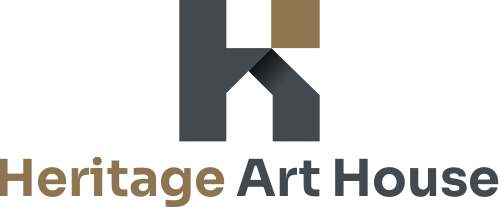The Implementation Guidance for the UNESCO Framework for Culture and Arts Education joins high-level vision to tangible action. Each of its sections outlines concrete expected outcomes, depicting the envisioned reality resulting from the implementation of the recommendations, as well as guiding questions to help stakeholders assess the progress achieved.
The Guidance provides recommendations for policymakers on developing long-term strategies, strengthening coordination, and embedding culture and the arts into education systems. It also features practical tips for practitioners, for integrating culture and the arts into classrooms, technical training, higher education, and community learning.
Perhaps most remarkably, the Guidance highlights illustrative examples from 52 countries across all regions of the world, showcasing a diversity of innovative initiatives in culture and arts education. These range from institutional approaches, such as Chile’s Artistic Education Policy or Türkiye’s specialized teacher training programmes, to digital learning innovations like Lithuania’s online Competence Library developing cultural knowledge and skills. Examples also include practices reaching communities through art and music festivals in Azerbaijan, Iran and Morocco, using tangible heritage such as the Apartheid Museum in South Africa, or a Pakistani Radio Programme providing cultural learning to marginalized groups.





